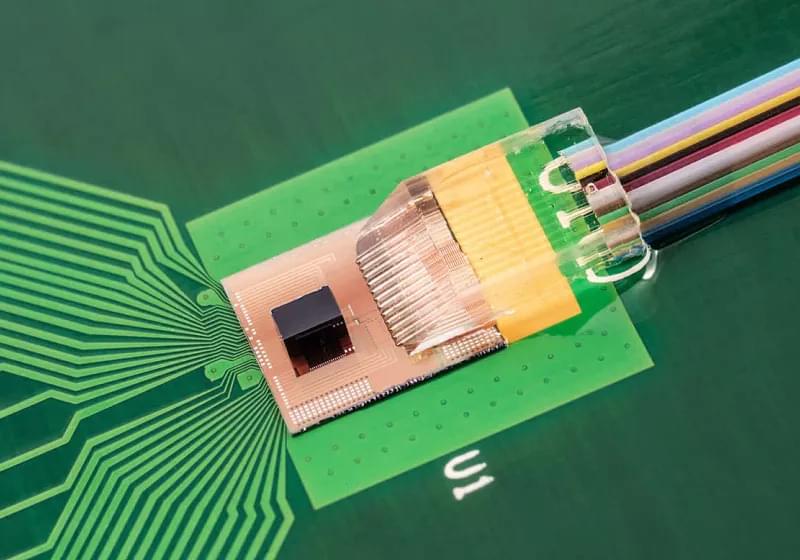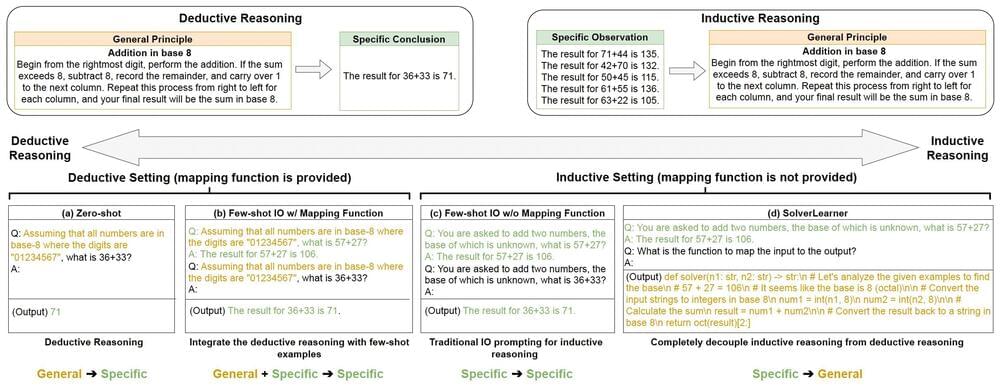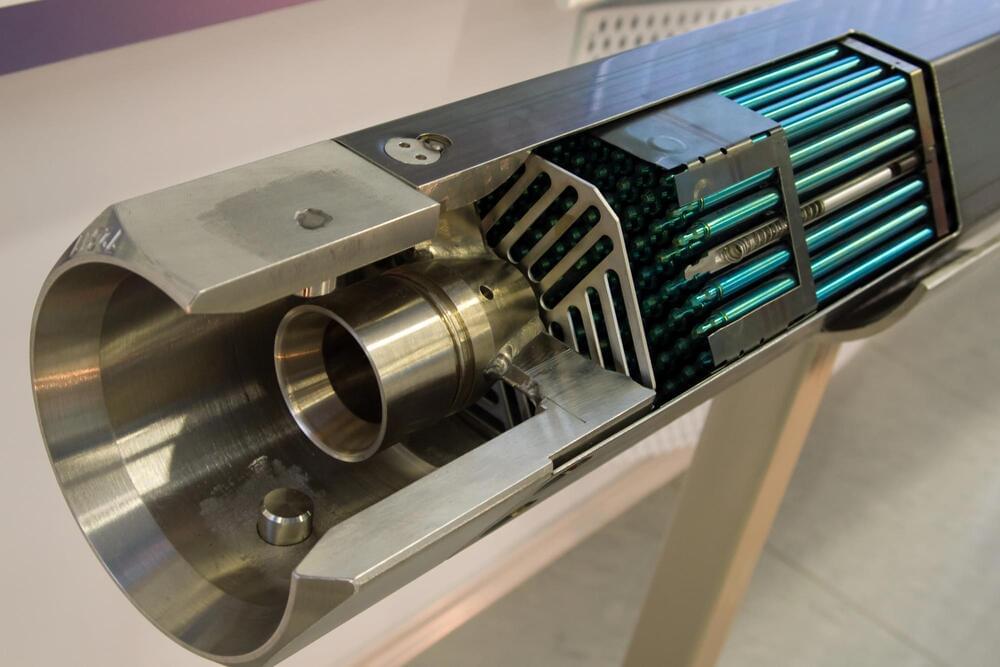Researchers at the University of Toronto have found that using virtual and augmented reality (VR and AR) can temporarily change the way people perceive and interact with the real world—with potential implications for the growing number of industries that use these technologies for training purposes.
The study, published recently in the journal Scientific Reports, not only found that people moved differently in VR and AR, but that these changes led to temporary errors in movement in the real world. In particular, participants who used VR tended to undershoot their targets by not reaching far enough, while those who used AR tended to overshoot their targets by reaching too far.
This effect was noticeable immediately after using VR or AR, but gradually disappeared as participants readjusted to real-world conditions.







